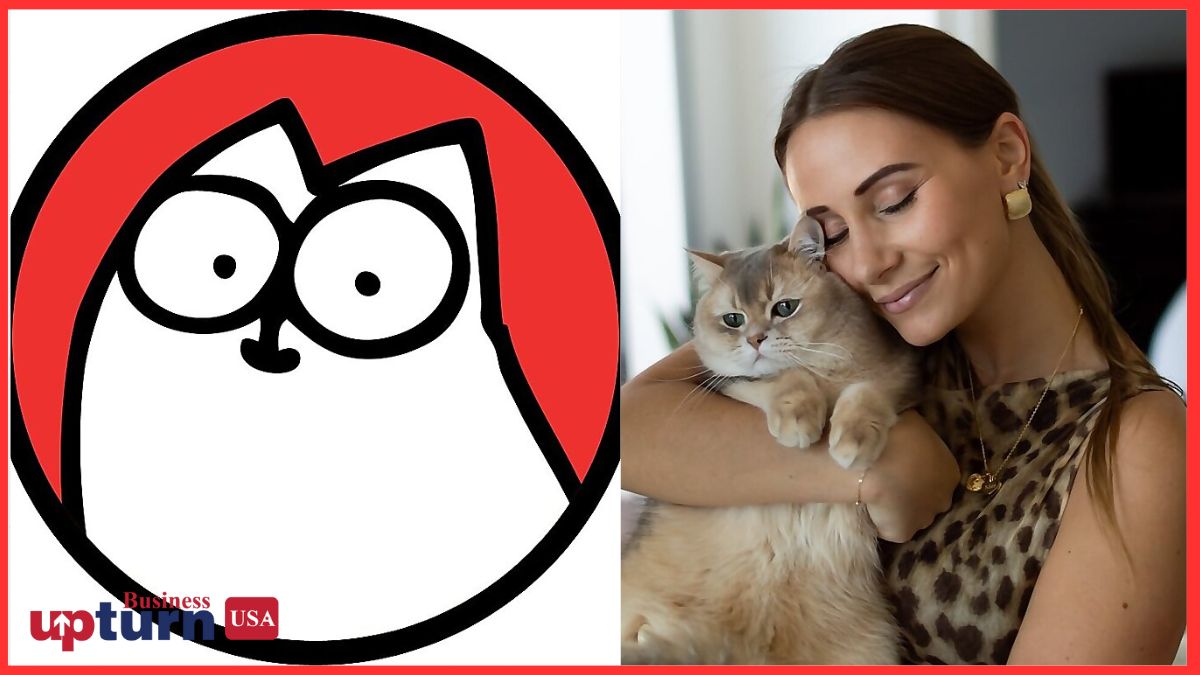In the vibrant world of pet influencers, few names shine as brightly as Simon’s Cat and Juno The Angry Cat. Both have captivated audiences with their unique charm, engaging content, and distinct personalities. However, beyond their adorable antics lies an impressive landscape of revenue streams and monetization strategies. This article explores how these two beloved pets generate income, their business models, and how they cater specifically to audiences in the United States.
Simon’s Cat Business Model
Merchandising and Product Lines
Simon’s Cat has turned its lovable, mischievous character into a full-fledged merchandising empire. From plush toys to clothing lines, mugs, stationery, and home décor, the brand has carefully cultivated products that resonate with fans worldwide, especially in the US market. By offering limited-edition items and seasonal collections, Simon’s Cat creates a sense of exclusivity, which encourages repeat purchases.
Licensing and Partnerships
Licensing is a cornerstone of Simon’s Cat business model. The brand collaborates with various companies for co-branded products and media content. For instance, partnerships with animation studios and pet product companies allow Simon’s Cat to appear in promotional campaigns and merchandise outside its direct retail channels. This approach not only diversifies revenue but also extends brand recognition in the US, where licensing agreements can significantly amplify market penetration.
YouTube Monetization and Digital Revenue
Digital platforms, particularly YouTube, play a pivotal role in Simon’s Cat revenue streams. Ad revenue from millions of views provides a steady income, while sponsored content and brand placements add further monetization opportunities. The channel’s consistent upload schedule and engaging animation style ensure sustained audience engagement, translating to high CPM (cost per thousand impressions) rates from US advertisers who target pet-loving viewers.
Books, Publications, and Media Appearances
Simon’s Cat has successfully expanded into publishing with a range of books, including illustrated stories, activity books, and holiday-themed editions. These publications are often sold through major US retailers, both online and offline. Media appearances, including features in magazines and collaborations with pet-focused TV shows, further strengthen the brand’s visibility and income potential.

Juno The Angry Cat Business Model
Social Media Strategy and Monetization
Juno The Angry Cat leverages a personality-driven approach across multiple social media platforms. Instagram, TikTok, and X (formerly Twitter) serve as primary channels for engaging US audiences. Sponsored posts, affiliate marketing, and platform-specific monetization features such as TikTok Creator Fund or Instagram Badges enable Juno to generate income directly from content creation. High follower engagement ensures that brands see value in partnership opportunities.
Merchandising and Brand Collaborations
While Juno’s merchandise catalog may not be as extensive as Simon’s Cat, it focuses on high-quality, fan-centric products, including apparel, accessories, and limited-edition collectibles. Collaborations with US-based pet brands, fashion lines, and niche boutiques have proven lucrative, offering both monetary gains and heightened visibility. The limited-run nature of products often creates buzz and drives online sales.
Patreon, Fan Funding, and Direct Support
One of Juno The Angry Cat monetization strategies includes fan-supported platforms such as Patreon. Here, superfans can access exclusive content, behind-the-scenes videos, or personalized shoutouts. This direct support creates a predictable revenue stream while fostering a stronger emotional connection with US audiences. It also allows Juno to experiment with content that may not fit mainstream social platforms.
Unique Digital Campaigns and Audience Engagement
Juno The Angry Cat excels at interactive campaigns, leveraging polls, challenges, and themed content to drive engagement. These campaigns are often tied to limited-time merchandise drops or sponsored promotions, creating a cyclical revenue model that blends audience engagement with monetization. Gamified engagement strategies also enhance visibility in US algorithms, increasing potential ad and brand revenue.
Comparative Analysis: Simon’s Cat vs Juno The Angry Cat
When comparing the Simon’s Cat business model with Juno The Angry Cat monetization strategy, several differences emerge. Simon’s Cat emphasizes a diversified revenue portfolio with merchandising, licensing, book sales, and digital revenue forming a robust, multi-channel approach. In contrast, Juno prioritizes social media engagement, fan-funded platforms, and strategic collaborations, creating a more personality-driven and community-centric model.
From a US perspective, Simon’s Cat benefits from traditional retail and publishing networks, while Juno capitalizes on the digital-first, social-native audience prevalent in the country. Simon’s Cat’s branding strategy leans on broad appeal, offering products suitable for a wide demographic, whereas Juno’s monetization leverages niche engagement, creating loyal superfans willing to invest in premium content and merchandise.
Unique Perspective: What Makes Pet Influencer Business Models Future-Ready
Both Simon’s Cat and Juno The Angry Cat demonstrate how pet influencer business models are evolving into sophisticated, sustainable enterprises. The future-ready aspect lies in their adaptability: Simon’s Cat merges traditional and digital revenue, making it resilient to market shifts, while Juno thrives on community-driven monetization, offering insights into fan-first business models.
Moreover, both influencers are paving the way for a new genre of online entertainment where character authenticity and personality-driven content drive revenue. By combining merchandise, digital media, fan support, and licensing, these pet influencers are creating diversified ecosystems that go beyond simple content creation, serving as blueprints for future pet-based digital entrepreneurship.
Conclusion
Simon’s Cat and Juno The Angry Cat exemplify how pet influencers can transform online popularity into substantial business ventures. Simon’s Cat leverages merchandising, licensing, digital content, and publishing to create a multi-layered revenue stream, while Juno The Angry Cat focuses on social media monetization, fan-supported content, and brand collaborations. Both approaches cater effectively to US audiences, offering valuable insights into how pet influencers make money in America. Their business models not only provide financial success but also demonstrate how creativity, engagement, and adaptability can transform adorable pets into global brand icons.
This article is intended solely for informational and editorial purposes. It does not constitute endorsement or promotion of any artificial intelligence technology. Business Upturn makes no representations or warranties regarding the accuracy, completeness, or reliability of the information provided.

